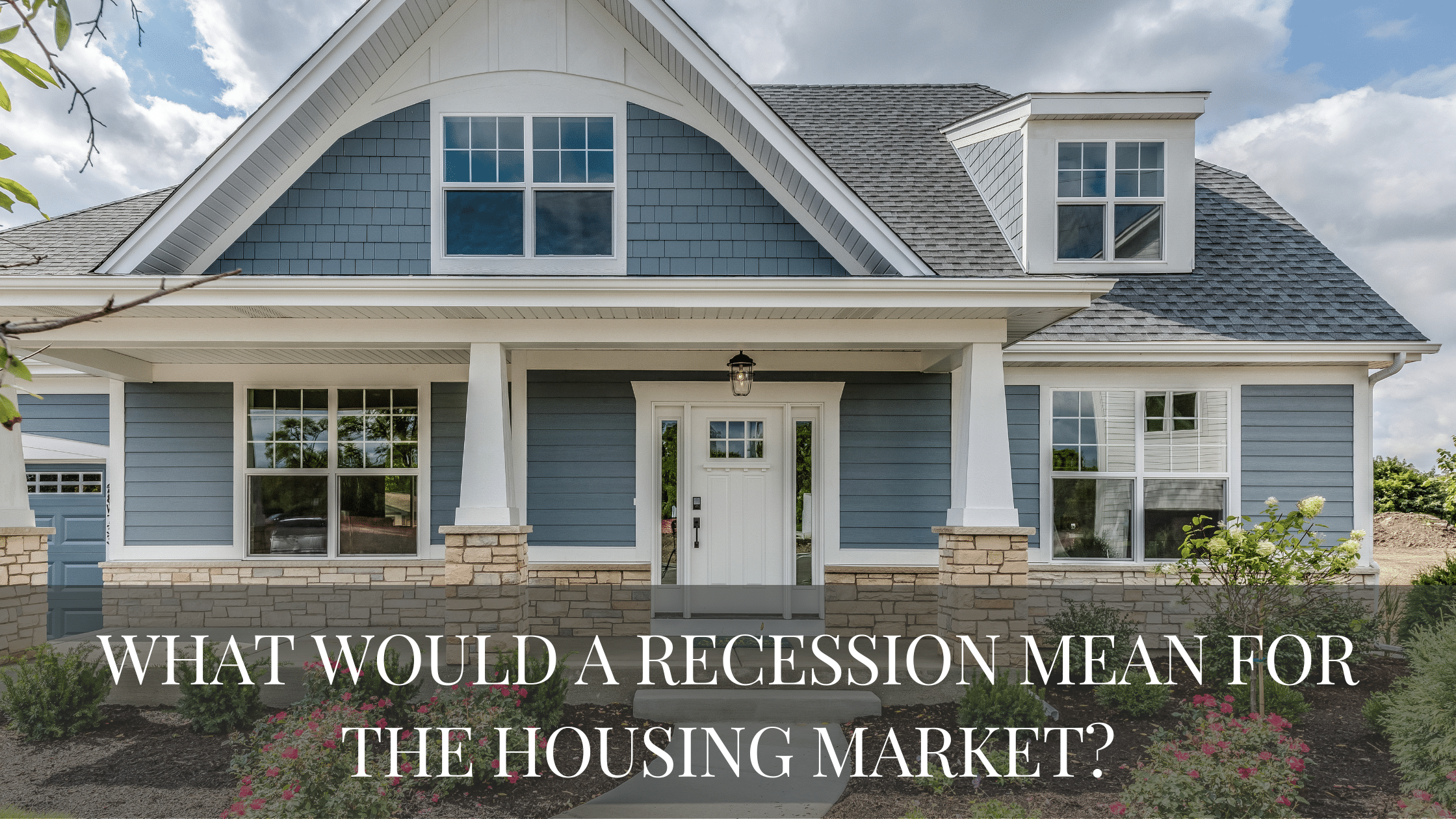College towns can be a great place to buy an investment property. There is usually a high demand for rental units near campus, and the vacancy rate is generally low. However, there are some downsides to consider before purchasing an investment property in a college town.
Benefits of Buying a House in a College Town
A Large Pool of Tenants
One of the biggest benefits of owning a rental property in a college town is that there is no shortage of tenants. College students are always looking for off-campus housing, which means that you will have no problem finding someone to rent your property. And since there are always new students coming into town, you will never have to worry about your rental being vacant for long.
Consistent Rental Rates
Another benefit of owning a rental property in a college town is that the rental rates are very stable. This is because the demand for off-campus housing is always high, regardless of the state of the economy.
Easy Access to Entertainment
Owning a rental property near a college also has the perk of providing constant entertainment for your tenants. College towns typically have many bars and restaurants within walking distance of the university or college campus. This means that your tenants will never be bored or have difficulty finding something to do on weekends or during their free time.
Parents Often Pay Rent
The most important benefit of owning a rental property in a college town is that parents often help their children pay rent. This is because they understand the high cost of living near universities and colleges. As such, they are often willing to help their children out financially by paying part or all of their rent each month.
The Downside to Buying an Investment Property in a College Town
Higher Upkeep Cost
If you own an investment property in a college town, chances are you will have tenants who are students. And as any parent of a college student knows, they are not always the most responsible when it comes to taking care of a property. This can result in higher-than-normal maintenance and repair costs.
Higher Tenant Turnover
Another downside to owning an investment property in a college town is the high tenant turnover rate. Students typically only lease for one academic year at a time, which means you will constantly be finding new tenants and signing new leases. This can be time-consuming and costly if you are not using a professional property management company to handle the leasing process for you.
Shorter Lease Terms
Because students typically only lease for one academic year at a time, you will likely have to sign shorter-term leases than you would if you were renting to non-students. This means that your rental income may be less stable from month to month, which could make it difficult to cover your mortgage payments or other expenses associated with owning an investment property.
Possible Vacancies During the Summer Months
The last downside to consider when owning an investment property in a college town is that there may be periods of time when your unit is vacant due to students being away on summer break. This could result in lost rental income or having to lower your rental rates in order to attract new tenants.
Conclusion
While there are some potential downsides to owning an investment property in a college town, there are also many upsides that make it a worthy investment opportunity for those who are willing to take on the risk. If you do your research and work with a reputable property management company, you can minimize the potential risks and maximize your chances for success as a landlord in a college town!


 Facebook
Facebook
 X
X
 Pinterest
Pinterest
 Copy Link
Copy Link















